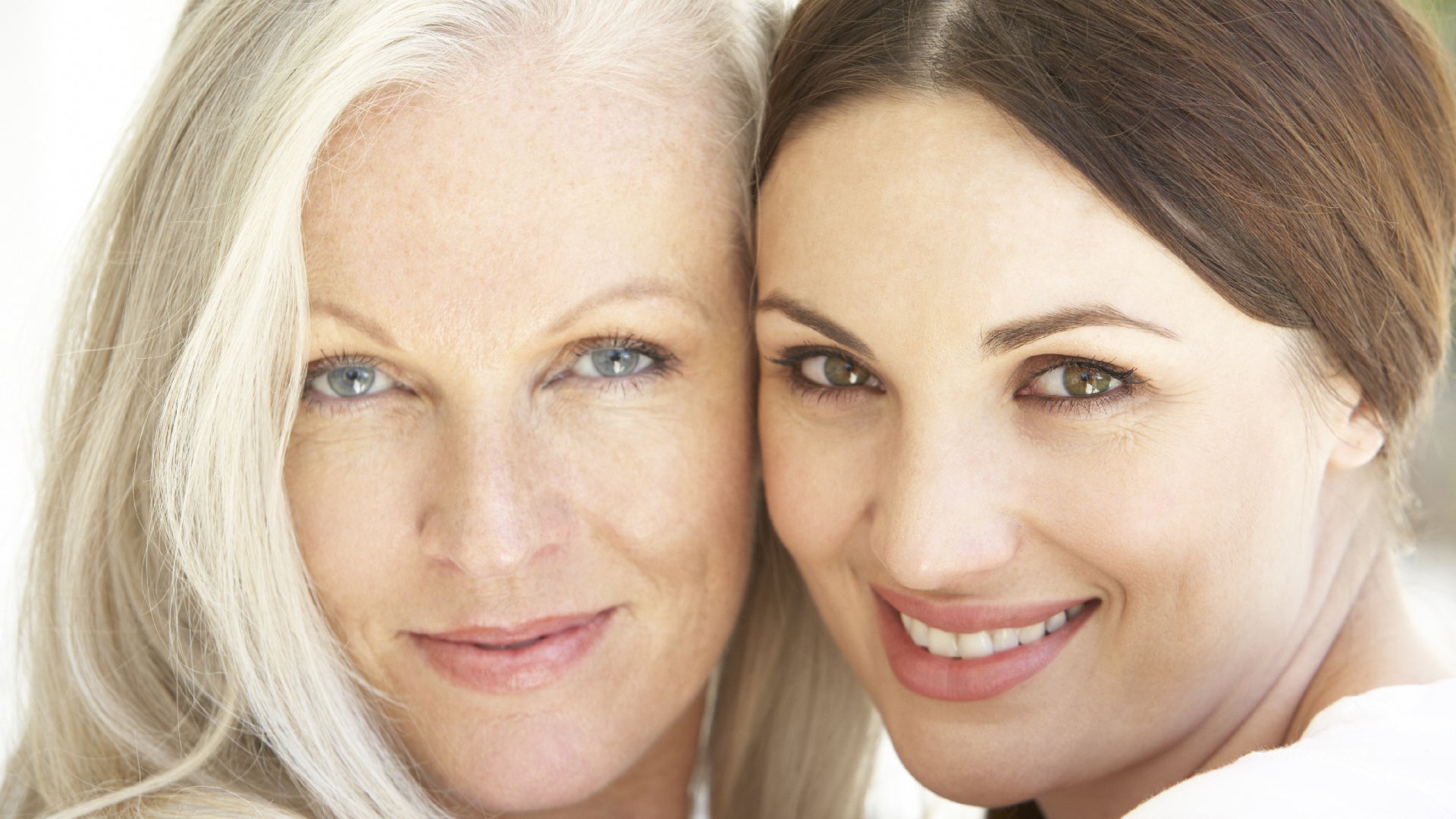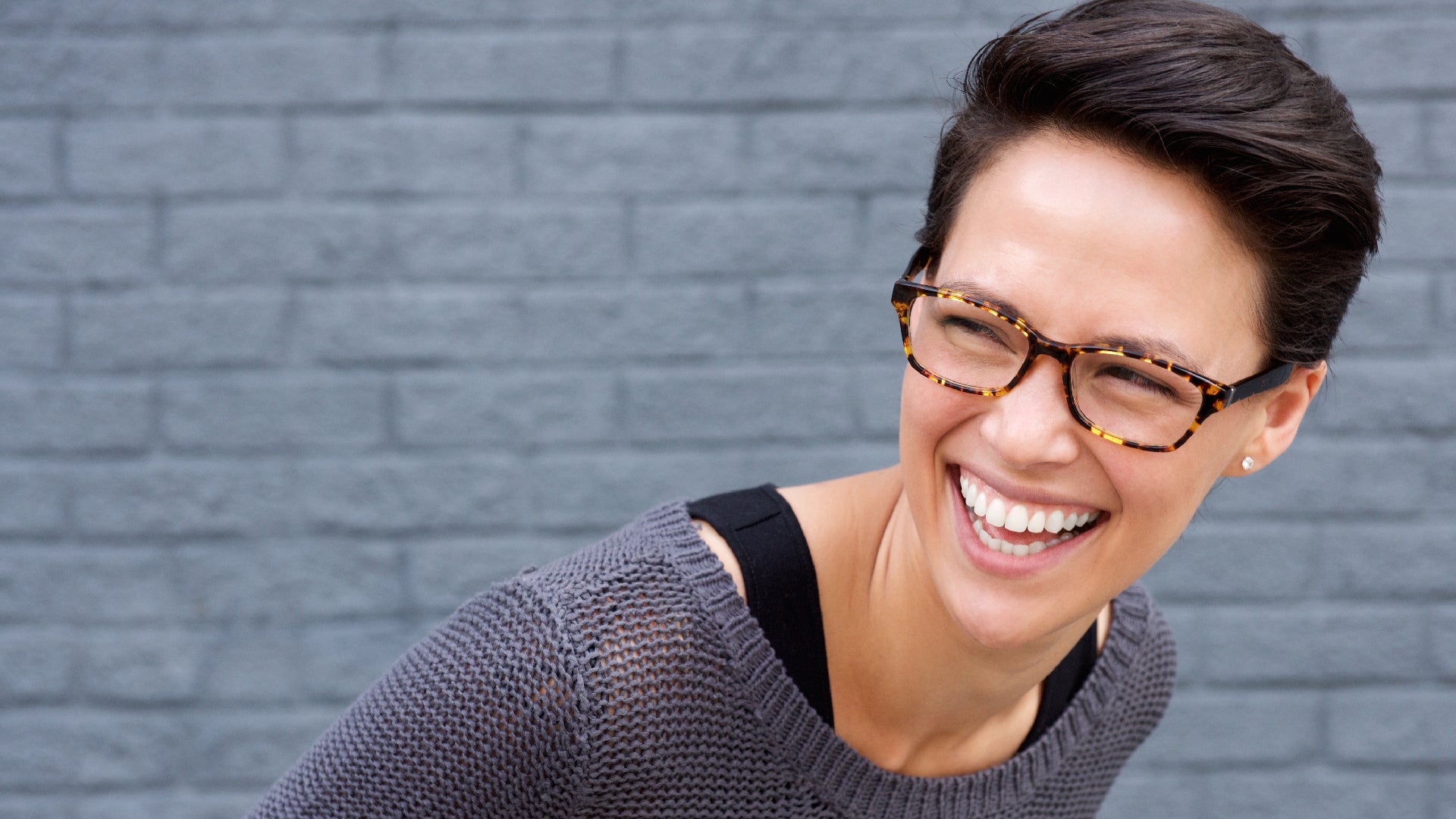
The Ingredients That Make Our Longevity Range So Darn Good
Packed with some of the most forward-thinking (and super effective) ingredients in skincare, our Longevity range is everything for healthy, aging skin. So, let’s get acquainted, shall we?
It’s not often we pat ourselves on the backs, but at the end of 2023 we launched a complete new range of awesome, healthy aging products called Longevity. Brimming with incredible ingredients and with three expertly formulated products, we’re super proud of this range. It’s also been getting some excellent feedback on Amazon with reviews like: “This eye cream has truly been a game-changer for me,” and “I’m sensitive to retinol products, but this makes my skin feel so soft and hydrated.”
True praise indeed.
We figured, therefore, that it was time to tell you a little more about the range. Consisting of three products, Renewing Longevity Moisturizing Cream, Depuffing Longevity Eye Cream and Rejuvenating Longevity Serum this collection is all about its innovative ingredients which are specifically formulated to help skin age healthily and beautifully. We know how much you love to learn about skincare ingredients so we figured you’d love to hear more about the five powerhouses that make Longevity so unique and effective.
So, here we go…
1. Bakuchiol: The Retinol Alternative
Bakuchiol has made headlines over the last five years, but if you’re still none the wiser, here’s the lowdown.
A botanical extract derived from the leaves and seeds of the Psoralea Corylifolia plant (commonly known as babchi), bakuchiol has been used in traditional Chinese and Indian medicine for years to treat skin ailments and diseases. Thanks to its popularity in Ayurvedic practices, it started making its way into western skincare around 2007. And it quickly showed a lot of promise because of its similarities to the gold standard of skincare, retinol.
Unless you’ve been living under a rock for your entire life, you’ll be well aware that retinol is one of the most highly regarded ingredients for improving the tone and texture of the skin. It works at a cellular level to rev up turnover and encourage healthy collagen production, making it a shoo-in for both aging and acne-prone skin. But the thing with retinol is that it’s potent. Like, really potent. So much so that it doesn’t suit all skin types, often causing facial redness, excess dryness, irritation and itching. Which is no one’s idea of a good time.

Of course, there are plenty of alternatives out there that work on similar issues (ceramides, peptides, antioxidants and exfoliating acids to name just a few) but nothing before has ever been compared so closely to retinol as bakuchiol.
This is why we simply had to base our corrective, aging products around this absolute gem of a skincare ingredient. All the powers of wrinkle-reducing, skin-smoothing retinol with way fewer side effects? We’d have been fools not to.
2. Coffeeberry: The Free Radical Terminator
One of skin’s biggest enemies is the free radical. Free radicals are nasty components that form in your skin when it’s exposed to external aggressors like UV radiation, pollution, stress and cigarette smoke. They’re bad news because they screw up your collagen and elastin supplies, having the knock-on effect of encouraging premature lines, wrinkles, dark spots and sagging skin. As we said, bad news.
A proven way to combat free radical damage is to throw topical antioxidants at your skin. And, while we’re huge fans of vitamin C (*understatement of the year, right there!), we’re nothing if not open to other antioxidant ingredients. And coffeeberry extract fits firmly into this camp.
Derived from the fruit that surrounds the coffee bean, coffeeberry extract is chock full of antioxidants and some studies suggest that it has up to 10x the antioxidant powers of other topical ingredients. We call that a pretty strong argument for using it in skincare products for mature skin. So that’s exactly what we did! And you’re welcome.
3. Glycerin: The Hydrating Classic
While we love being at the forefront of skincare technology and exploring nature’s finest new ingredients, we loathe to ignore the classics. And glycerin might be an oldie… but it’s a real goodie.
Sometimes known as glycerol, glycerin is one of the most effective humectants in skincare. In fact, research suggests it’s the most effective humectant you can use on your skin. Even better than hyaluronic acid (HA). This is because it has a lower molecular weight than HA which allows it to penetrate the skin deeper and quicker.
But wait, what do humectants do? Well, they’re the wonderkids of hydration, drawing water to the top layers of the skin like tiny little magnets. This helps to replenish your skin’s natural moisturizing factor, increasing hydration and minimizing water loss while also encouraging healing and better protection from that bad old world we live in. For such an unassuming ingredient, it's pretty powerful stuff… and something you’ll find not only in our Longevity range but across a whole bunch of TruSkin favorites. We salute you, glycerin.
4. Lingonberry Stem Cells: The Anti Blue Light Hero
Berries are big in the superfood world, but few pack the punch of lingonberries which are literally loaded with active plant compounds such as vitamins and polyphenols (basically super-charged antioxidants).
With small, bright red berries and glossy green leaves, the lingonberry plant is a hardy evergreen that’s commonly found in northern American forests as well as northern Europe and Canada. Again, it’s not as common in skincare as other fruits, but it’s great for adding hydration and blocking those pesky free radicals that love to cause havoc deep within your skin. In particular, these smart stem cells have been shown to protect the skin against blue light damage (aka high energy visible, or HEV light) which surrounds us everyday thanks to the sun as well as your smartphones, computers, TVs and other digital devices.
Blue light is part of the visible light spectrum which means that, unlike UV radiation, you can see it. It’s pretty good stuff because it’s high in energy and proven to boost your mood, improve memory and increase mental alertness. However, it’s been linked to eye damage and, according to the Centers for Disease Control and Prevention (CDC), if you expose your body to blue light late at night, it throws your sleep way out of whack. It’s also seen as a real enemy to your skin because, just like UV rays, it produces free radicals which damage DNA and destroy collagen and elastin.
Protection is key, people, and lingonberry stem cells are your gals.
5. Snow Algae: The Pink Powerhouse
You might not have seen snow algae on the skincare shelves before (or in your local park for that matter!), but don’t let that fool you, because it's a true force to be reckoned with.
Snow algae is found in the ice caps and mountain tops of some of the coldest, most extreme climates in the world. Although it’s green at warmer temperatures, snow algae turns pink when the mercury drops and levels of UV radiation increase. This is why it’s often referred to as pink, red or watermelon snow. Why the color change? Well, this produces a clever defense system which protects snow algae from harmful UV radiation and allows it to thrive in such extreme, frigid conditions where most plants would stand no chance.
Pretty cool, right? Well, it’s just as cool for your skin. In fact, research shows that when applied topically and regularly, snow algae not only offers amazing antioxidant properties (take that, free radicals) but also activates certain enzymes and genes to restrict energy to your skin. This encourages them to work more efficiently which, in turn, accelerates DNA repair, boosts collagen production and slows down the aging process to help fortify your skin’s barrier function and strengthen your skin.
Fancy getting in on all these skin-regenerating, age-loving ingredients? Then you must try our fantastic Longevity range, right here.








